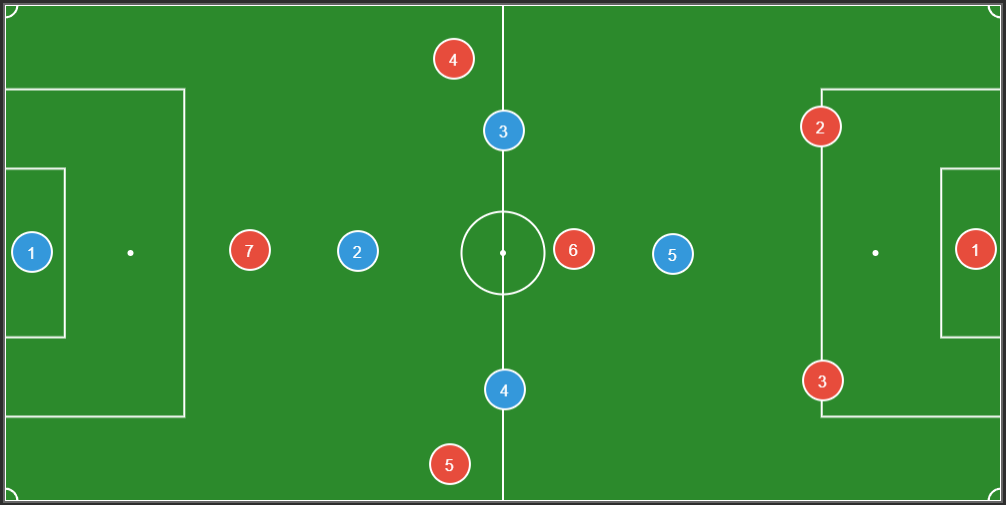
Mastering the 4-3-3 Formation: A Modern Approach
An in-depth look at how to implement and optimize the 4-3-3 formation, including player roles, tactical variations, and training exercises.
Understanding the 4-3-3 Formation
The 4-3-3 formation has become one of the most popular tactical setups in modern football. Its versatility and attacking potential make it an excellent choice for teams at all levels. Here's a comprehensive guide to implementing this formation effectively.
Key Principles
- Defensive stability with four at the back
- Midfield control through triangles
- Width provided by wingers
- High pressing capabilities
Player Roles and Responsibilities
Defense
The back four must maintain a solid line while being comfortable in possession. Full-backs should be athletic and capable of supporting attacks when appropriate.
Midfield
A typical setup includes:
- Defensive midfielder (No. 6)
- Box-to-box midfielder (No. 8)
- Advanced playmaker (No. 10)
Attack
The front three should be dynamic and interchangeable, with the central striker acting as both a target man and a pressing trigger.
Training Exercises
To effectively train this formation, focus on:
- Positional play exercises (rondo variations)
- Transition drills (attack to defense)
- Wide play and crossing practice
- High pressing drills
Common Variations
The basic 4-3-3 can be modified to:
- 4-3-3 with false 9
- 4-3-3 with double pivot
- 4-3-3 high press
Implementation Tips
When introducing this formation to your team:
- Start with basic positioning
- Gradually add movement patterns
- Introduce pressing triggers
- Practice transitions regularly